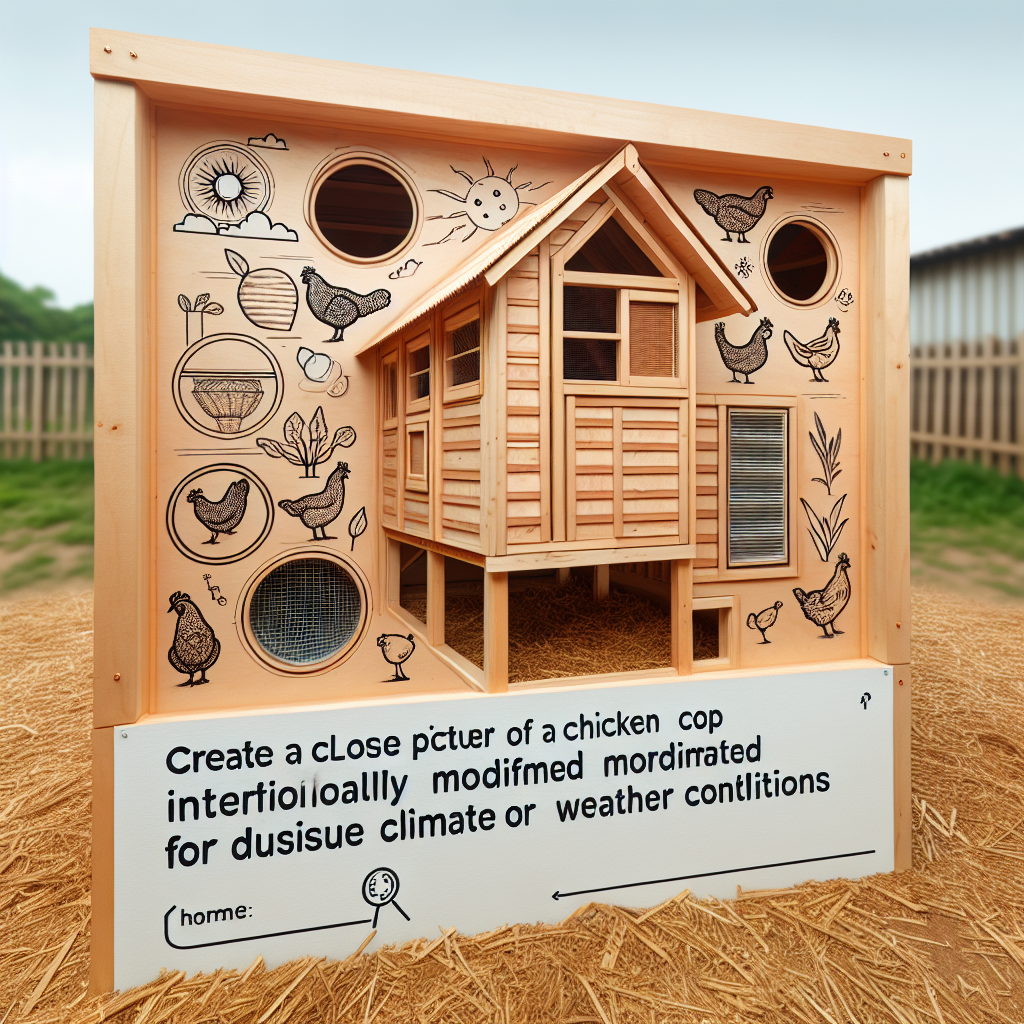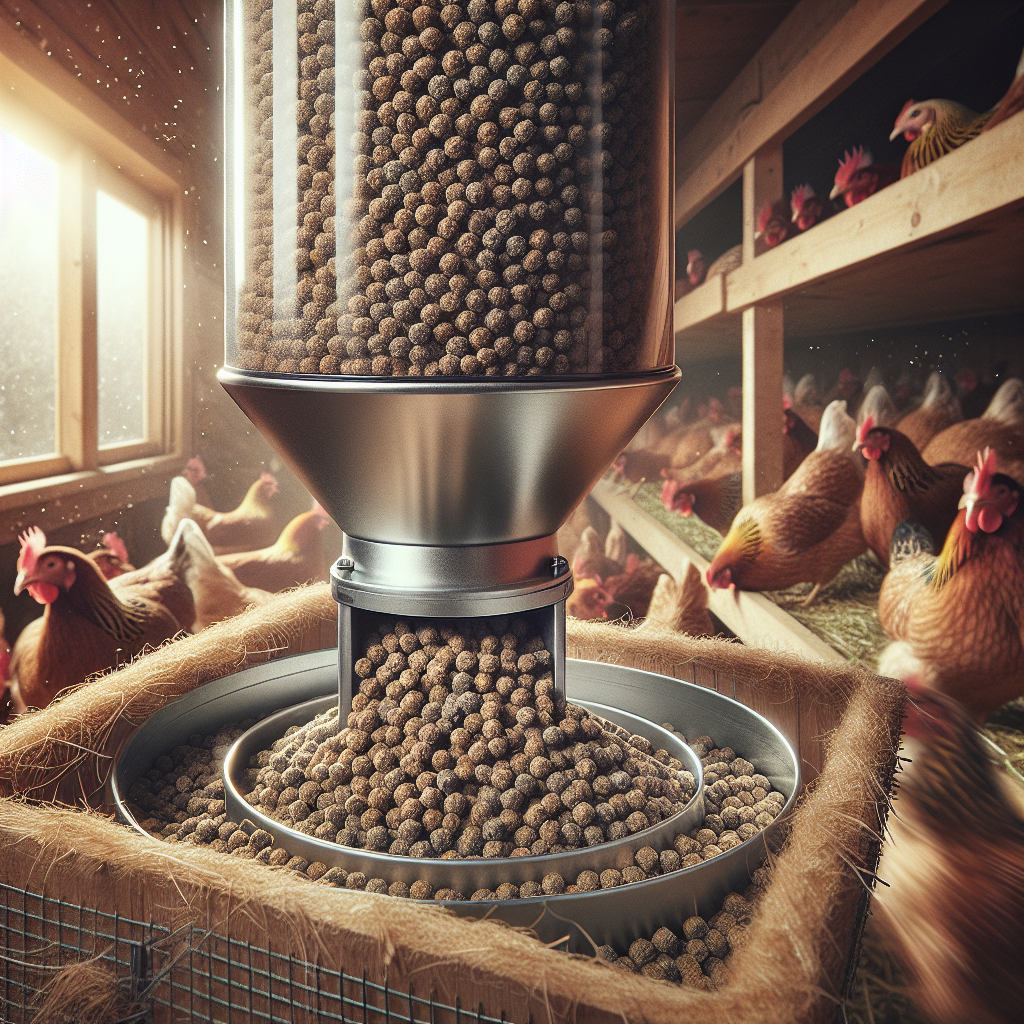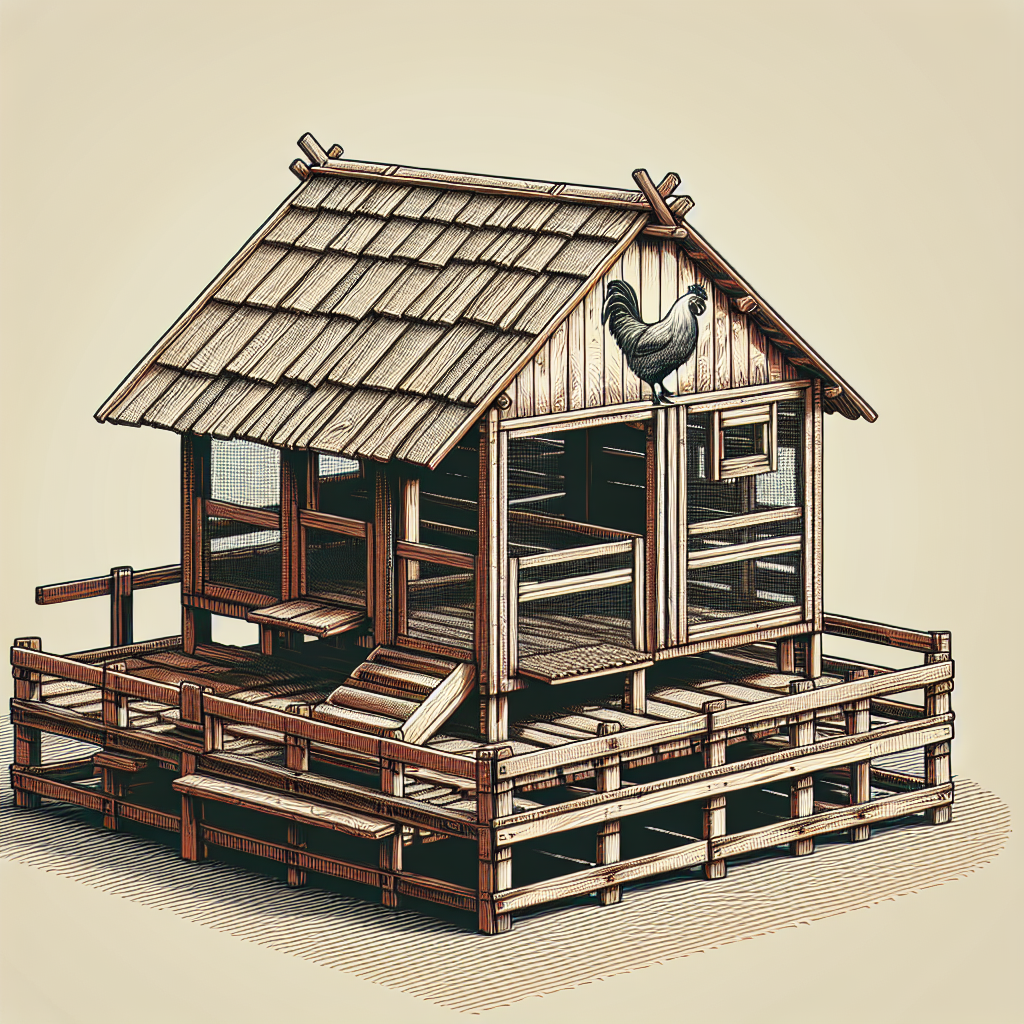Are you curious about whether there are chicken coop designs that are specifically crafted to suit different climates and weather conditions? Well, good news! In this article, we will explore the fascinating world of chicken coop designs that are perfectly tailored for specific climates and weather conditions. We will delve into the various features and modifications that can make a coop ideal for hot and humid environments or cold and snowy climates. So, if you’re a chicken enthusiast who wants to ensure the comfort and well-being of your feathered friends, this article is for you! Yes, there are coop designs that are specifically tailored for different climates and weather conditions. When it comes to designing a chicken coop, it’s important to take into consideration the unique environmental challenges that come with different climates. Whether you live in a humid and hot climate, a cold and snowy climate, a dry and arid climate, a windy and stormy climate, a coastal and saltwater environment, a mountainous and high-altitude climate, a tropical climate, a mild and temperate climate, or an urban or suburban setting, there are specific considerations that need to be taken into account to ensure the well-being and comfort of your chickens. In this article, we will explore the various design considerations for chicken coops in different climates and weather conditions.
Humid and Hot Climates
In humid and hot climates, ventilation and airflow are crucial for the health and comfort of your chickens. It’s important to have a coop design that allows for good air circulation, as excessive heat and humidity can lead to heat stress and even death in chickens. Consider incorporating features such as windows, vents, and fans to maximize airflow. Additionally, providing shade and cooling options such as misting systems or shaded areas within the run can help to keep the coop temperature down and create a more comfortable environment for your chickens.
Cold and Snowy Climates
In cold and snowy climates, insulation and heat retention are key to keeping your chickens warm. Design your coop with materials that provide insulation, such as double-walled construction or the use of insulation panels. This will help to keep heat inside the coop and protect your chickens from extreme cold temperatures. It’s also important to consider snow load considerations and ensure that the coop is built to withstand the weight of heavy snow. Additionally, providing options for protection from frostbite, such as providing heated perches or using heating devices, can help to keep your chickens comfortable and prevent frostbite.
Dry and Arid Climates
In dry and arid climates, water conservation is an important consideration for coop design. It’s essential to have a reliable water source and implement efficient watering systems to minimize water usage. Consider incorporating features such as rainwater collection systems or automatic watering systems to conserve water. Providing shade and cooling options, such as shade cloth or misting systems, can also help to keep your chickens cool in the hot and dry climate. In addition, dust control measures should be taken to minimize dust in the coop, which can be a common issue in arid climates.
Windy and Stormy Climates
In windy and stormy climates, sturdy construction is crucial to protect your chickens from strong winds and storms. Design your coop with materials and construction techniques that can withstand high winds, such as reinforced frames and secure roofing. Ensuring that the coop is properly anchored to the ground can also help to prevent damage from strong winds. Protection from flying debris is another important consideration – consider using wire mesh or protective barriers to prevent debris from entering the coop during storms.
Coastal and Saltwater Environments
Coastal and saltwater environments present unique challenges due to the corrosive effects of saltwater. It’s important to choose materials that are corrosion resistant and can withstand the salty air and water. Consider using materials such as stainless steel or treated lumber that are resistant to corrosion. Wind resistance is another consideration in coastal areas, as strong winds are often prevalent. Design your coop with sturdy construction and secure roofing to withstand high winds. Additionally, providing protection from saltwater, such as using sealants or coatings, can help to prolong the lifespan of your coop.
Mountainous and High-altitude Climates
In mountainous and high-altitude climates, structural stability is crucial due to the harsh weather conditions and potential for extreme temperatures. Design your coop with a strong and stable foundation to withstand high winds and heavy snow loads. Incorporating insulation and heat retention features, such as thick walls and well-insulated roofs, is essential to keep your chickens warm during cold temperatures. Providing options for protection from extreme temperatures, such as heated perches or heating devices, can also help to ensure the well-being of your chickens.
Tropical Climates
In tropical climates, mosquito and insect control is a key consideration for the health of your chickens. Design your coop with features that prevent mosquitoes and insects from entering, such as fine mesh screens on windows and vents. Providing shade and cooling options, such as natural shade or cooling pads, is important to help your chickens cope with the high humidity and heat. Additionally, ensuring proper ventilation and airflow within the coop can help to minimize heat stress in tropical climates.
Mild and Temperate Climates
In mild and temperate climates, there is more versatility in coop design options. Considerations for rainfall and drainage should be taken into account, as excessive moisture can lead to dampness and potential health issues for the chickens. Ensure proper drainage around the coop and consider incorporating features such as gutters and downspouts to direct rainwater away from the coop. Natural ventilation options, such as windows and vents, can help to provide adequate airflow and prevent overheating during warmer months.
Urban and Suburban Settings
In urban and suburban settings, space-saving designs are often necessary due to limited space. Design your coop with a compact footprint and consider incorporating features such as stackable nesting boxes or vertical chicken runs to maximize space utilization. Noise reduction measures are also important in urban and suburban settings, as chickens have the potential to create noise disturbances. Consider using soundproofing materials or locating the coop in an area that minimizes noise impact on neighbors. Aesthetics and compatibility with the surroundings are also important considerations in these settings, as the coop should blend in well with the existing landscape and structures.
Rural and Remote Areas
In rural and remote areas, predator protection is a top concern. Design your coop with secure fencing and incorporate features such as buried wire mesh to prevent predators from digging under the coop. Providing areas for chickens to roost and nest off the ground can also help to protect them from ground predators. Self-sustainability features, such as rainwater collection systems or solar panels, can be beneficial in remote areas where access to resources may be limited. Additionally, ensuring accessibility to resources, such as food and water, is important for the well-being of your chickens in these areas.
In conclusion, coop designs can be tailored to specific climates or weather conditions to ensure the comfort, health, and well-being of your chickens. Whether you live in a humid and hot climate, a cold and snowy climate, a dry and arid climate, a windy and stormy climate, a coastal and saltwater environment, a mountainous and high-altitude climate, a tropical climate, a mild and temperate climate, or an urban or suburban setting, taking into account the specific considerations outlined in this article will help you design a coop that is suitable for the unique challenges of your location. Remember, by providing a coop that addresses the specific needs of your chickens, you are ensuring that they thrive regardless of the climate or weather conditions they are exposed to.




